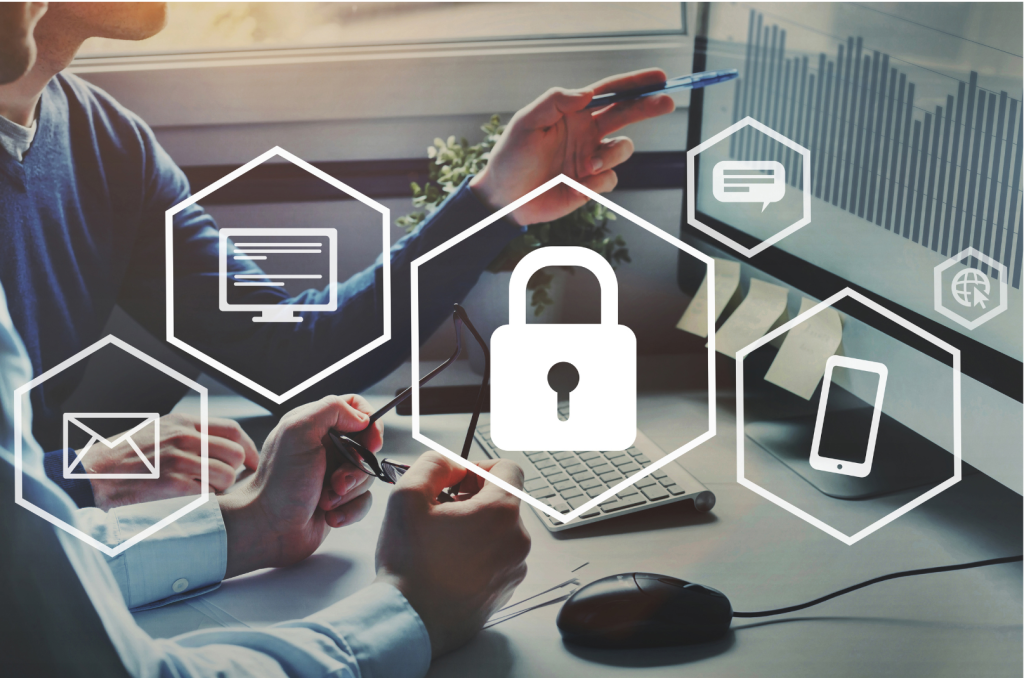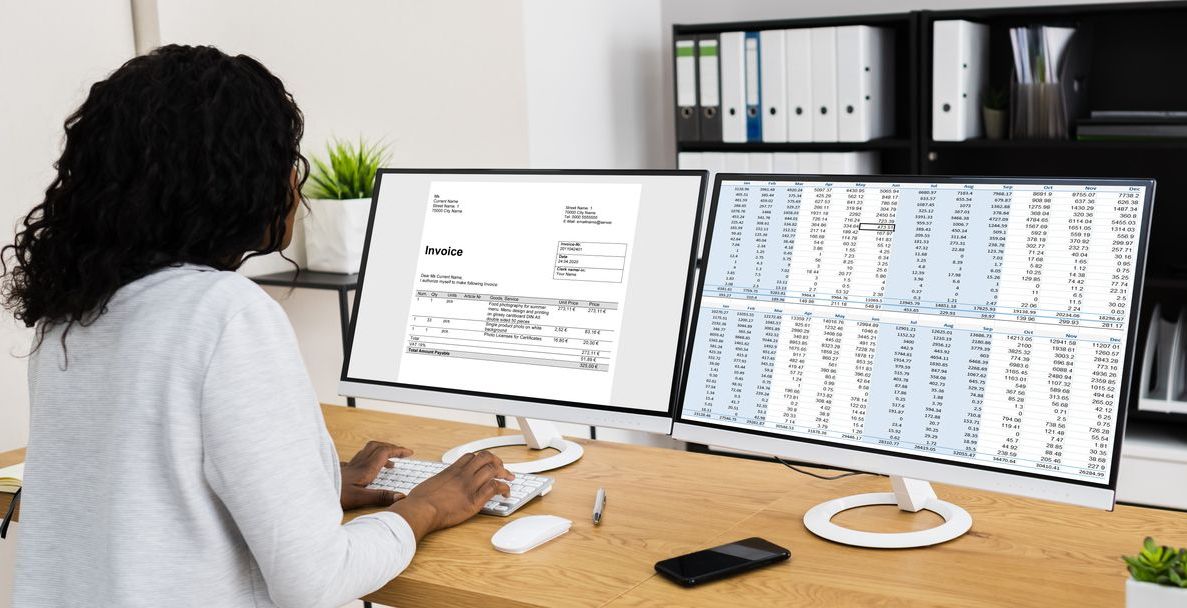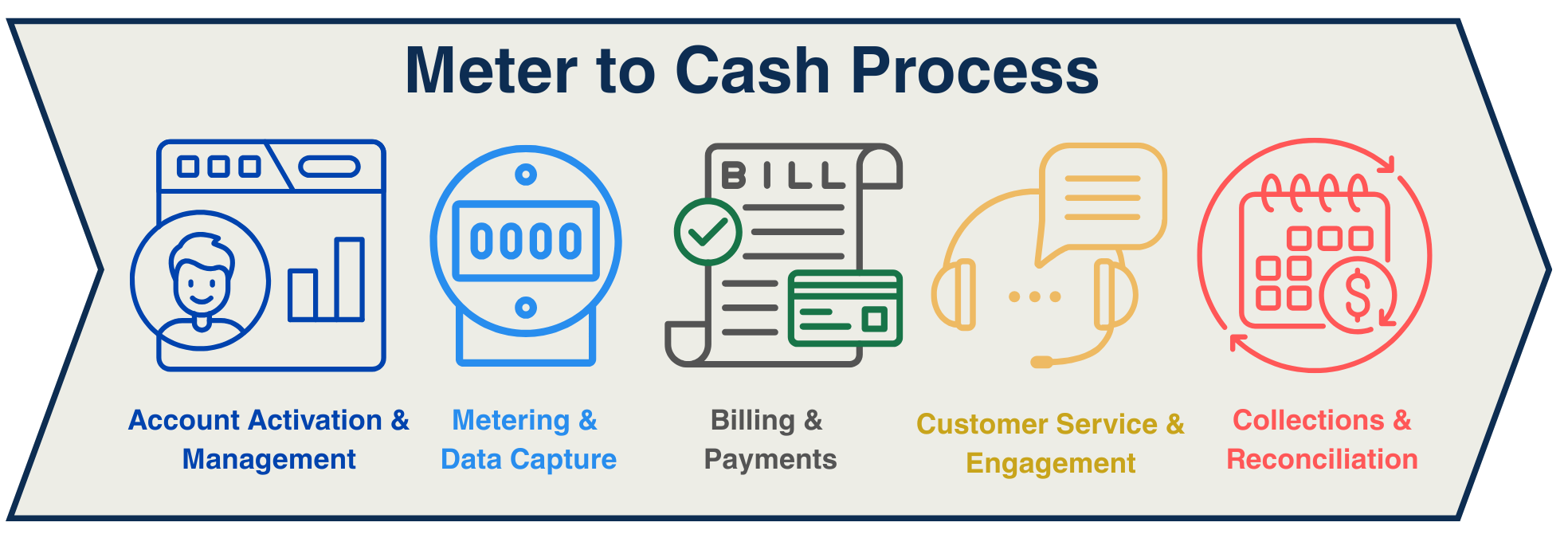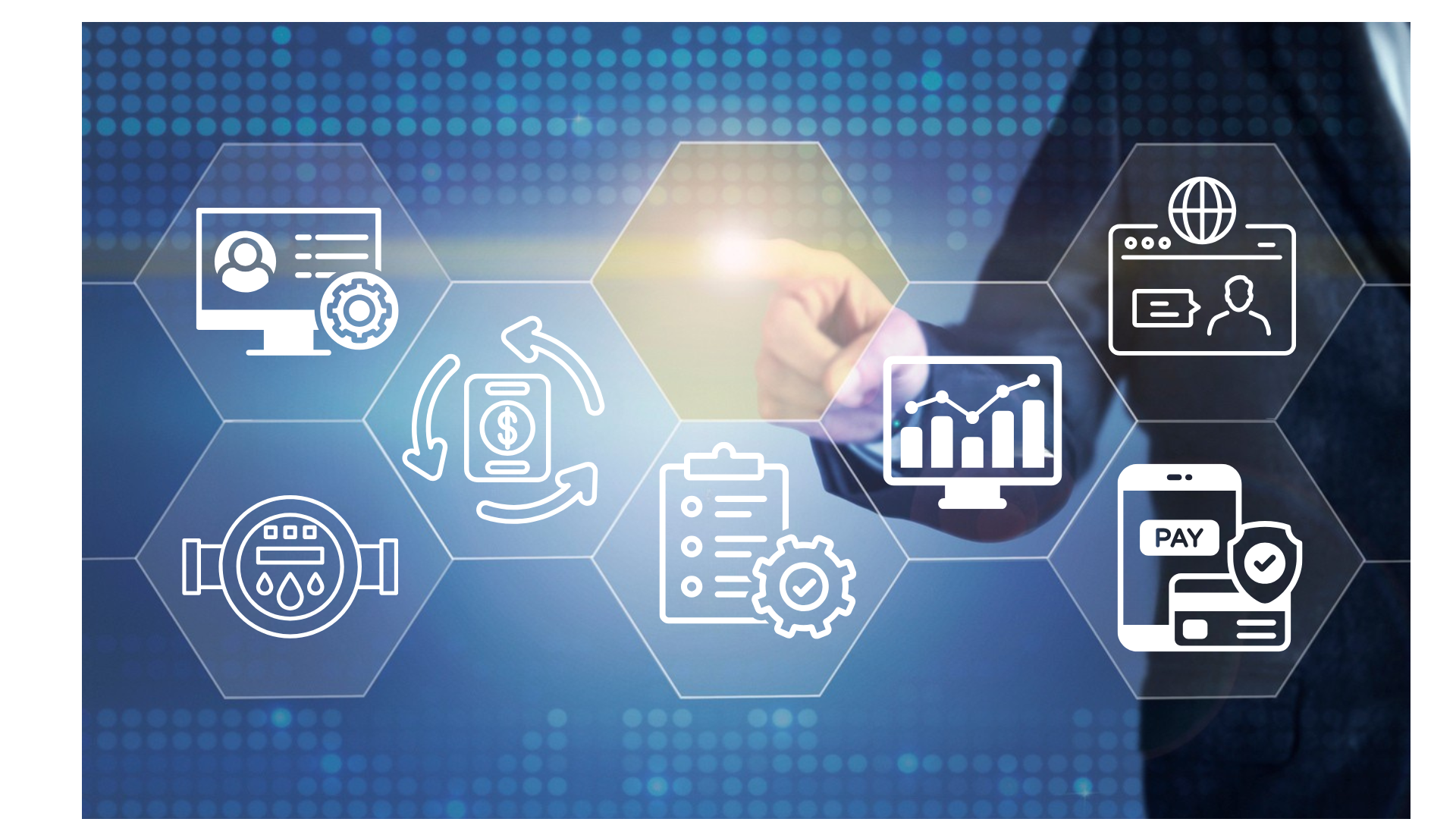Cybersecurity in the utilities industry is no longer an IT department issue—it’s an executive-level priority. As ransomware attacks, supply chain breaches, and infrastructure vulnerabilities make headlines, utility leaders must ensure their technology partners can safeguard sensitive customer data and maintain uninterrupted operations.
This is especially true when selecting a provider for Customer Information Systems (CIS) and utility billing software—systems that hold billing records, payment histories, and customer service interactions, and often connect to operational technology. In today’s threat landscape, even a brief disruption can create financial losses, compliance violations, and eroded public trust.
Here’s what every utility should consider when evaluating billing and CIS providers—with cybersecurity at the center:
1. SOC 2 Type 2: A Trustworthy Cybersecurity Benchmark
A critical marker of a secure platform is SOC 2 Type 2 certification. Developed by the AICPA, this rigorous audit framework evaluates how well a service provider protects customer data across five trust principles: security, availability, processing integrity, confidentiality, and privacy.
Unlike Type 1 (which assesses controls at a single point in time), Type 2 tests those controls over several months—proving that good security practices aren’t just promised, but consistently delivered.
For utility companies facing increasing cyber threats, this independent validation is essential. It helps ensure that your CIS or billing partner is not just compliant on paper, but resilient in practice. In the context of cybersecurity in the utilities industry, verifiable compliance frameworks like SOC 2 Type 2 are a must.
2. Built-In Disaster Recovery and Continuity
A 2024 ransomware attack on a small water district in California disrupted online bill pay, locked internal systems, and created customer service bottlenecks. The issue wasn’t the presence of malware—it was the absence of a working recovery plan.
Ask potential software partners for specifics on their disaster recovery (DR) and business continuity plans. Critical questions include:
- How often are backups performed and tested?
- What’s the average recovery time objective (RTO)?
- Are backups stored in geographically redundant data centers?
Cybersecurity in the utilities industry must include not just prevention, but recovery. Systems go down—it’s how quickly and completely they come back that matters.
3. Single-Tenant Cloud for Safer Segmentation
Not all cloud software is created equal. Many SaaS platforms rely on multi-tenant architecture, where multiple customers share the same application instance. While efficient, this model can increase exposure in the event of a breach.
Utilities should prioritize single-tenant environments, where each organization’s data and application resources are logically and securely isolated. This approach limits blast radius in a cyber event and aligns with best practices for data segmentation—a core concept in Zero Trust security models.
4. Real-Time Threat Monitoring and Incident Response
Effective cybersecurity isn’t passive—it requires 24/7 vigilance. According to IBM’s 2023 Cost of a Data Breach Report, the average time to identify and contain a breach was 277 days. Organizations that contained a breach in less than 200 days saved an average of $1.26 million.
Your CIS partner should:
- Monitor system activity in real time
- Flag anomalies and unauthorized access attempts
- Provide automated alerts and a clear escalation path
This level of active defense is essential in any sector—but for cybersecurity in the utilities industry, where uptime and trust are paramount, it’s mission-critical.
5. Data Encryption and Access Controls
Sensitive customer information—SSNs, billing details, contact information—must be protected at all times. That means end-to-end encryption:
- At rest (stored in databases)
- In transit (when data moves across networks)
The standard to look for is AES-256 encryption at rest and TLS 1.2+ in transit. Anything less is a red flag.
In addition to encryption, strong identity and access controls are vital. Your partner should offer:
- Role-based access control (RBAC)
- Multi-factor authentication (MFA)
- Detailed audit logs for all user activity
These controls support Zero Trust principles and significantly reduce the risk of insider threats and account compromise.
6. Transparency, Communication, and Incident Handling
When something goes wrong—and in today’s environment, it inevitably will—you need clear communication and fast response. Look for vendors that:
- Provide documented incident response plans
- Commit to specific notification timelines
- Demonstrate transparency about past issues and lessons learned
Cybersecurity in the utilities industry is a public trust issue. Being left in the dark during a breach isn’t just inconvenient—it’s operationally and reputationally damaging.
Conclusion: Make Security a Core Procurement Criterion
In the past, utilities may have selected billing providers based on pricing, customization, or integration ease. Today, those considerations are still relevant—but they must be filtered through the lens of cybersecurity.
With threats increasing in both volume and impact, selecting a secure billing and CIS partner isn’t a matter of preference—it’s a risk mitigation necessity. Ask the hard questions. Request documentation. Verify certifications. And always assume that cybersecurity in the utilities industry will only become more complex—and more critical—in the years ahead.
Learn about Systems & Software’s enQ Cloud – a secure, fully managed customer information and utility billing solution.
